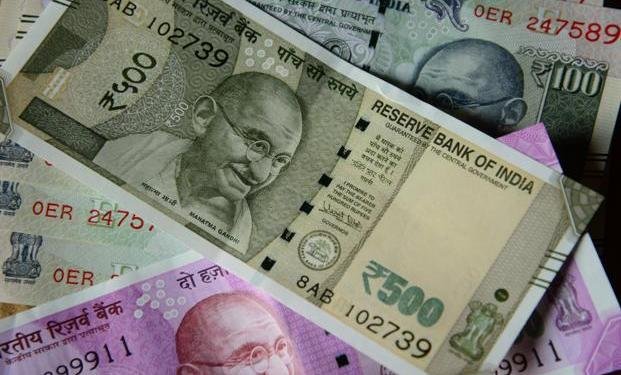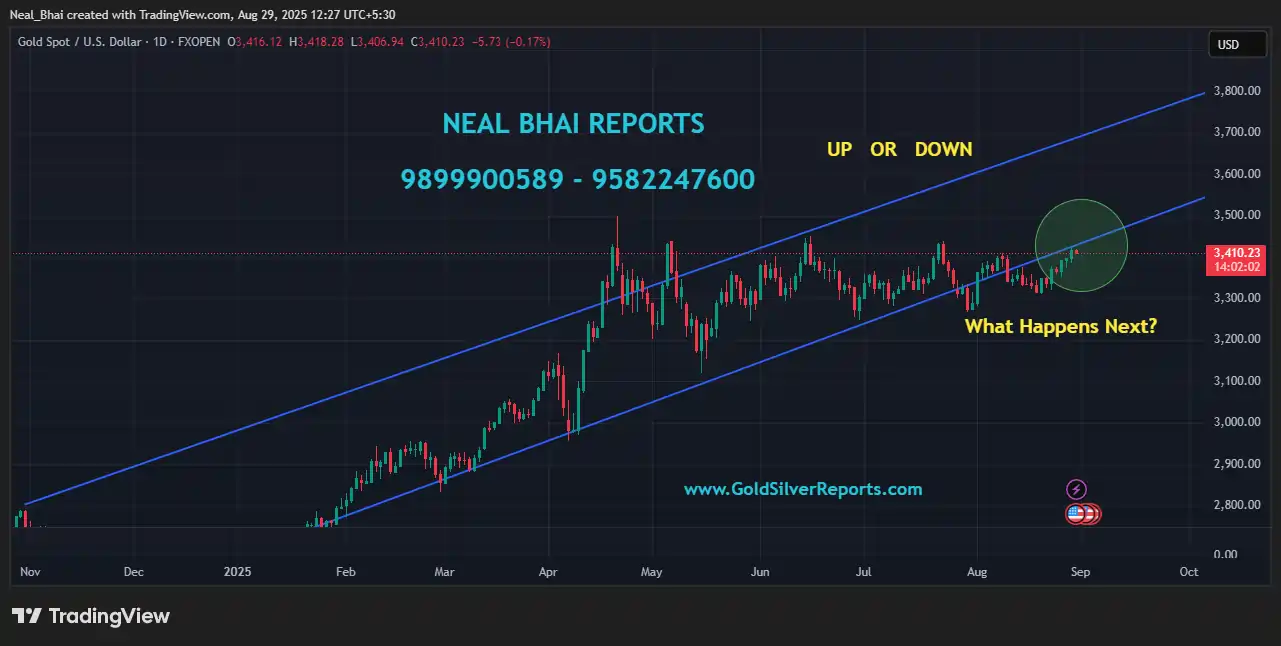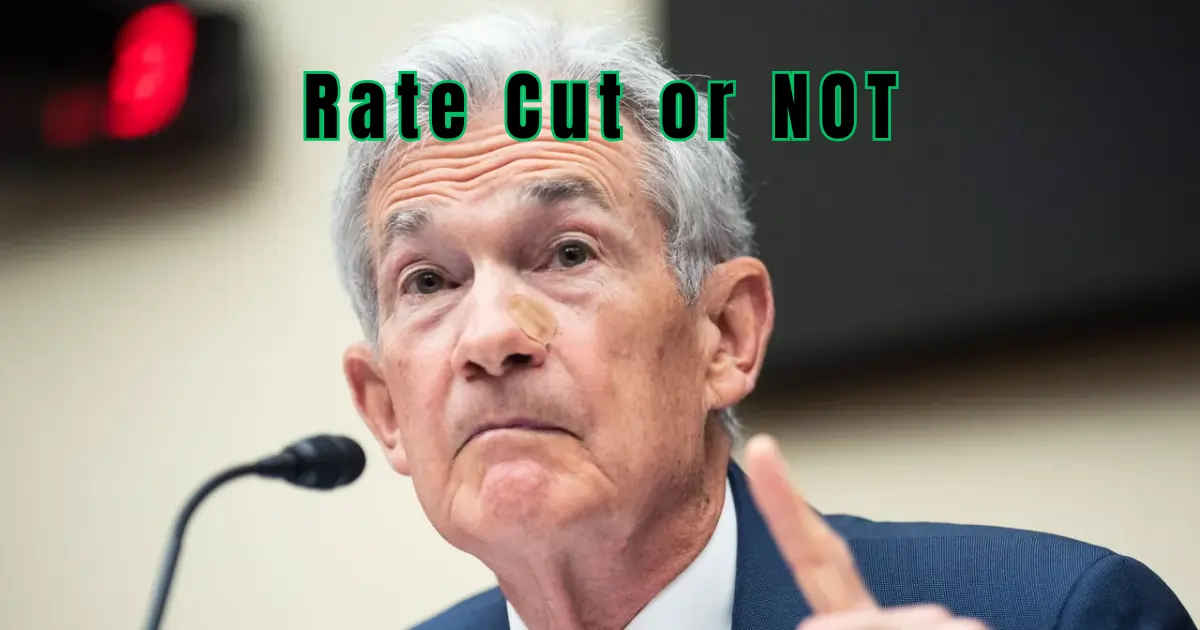The Indian rupee weakened to around 88.25 per dollar on Friday, hitting an all-time low, pressured by ongoing concerns over steep US tariffs on Indian exports.
XAUUSD Technical Analysis – Neal Bhai (29 August 2025)
XAUUSD Technical Analysis August 29, 2025 12:35 PM By Neal Bhai: XAUUSD upside impulse now picks up pace on Thursday, lifting the yellow metal to new five-week highs around the $3,423 mark per troy ounce. Indeed, the precious metal gathers extra steam bolstered by intense weakness in the Greenback, mixed US yields, and incresaing bets of a rate cut by the Fed in September 2025.
MCX Silver Price Outlook Today | Short-Term Trend Mild Bullish
MCX Silver is showing a mild bullish trend with key support at 1,16,000 and resistance near 1,20,681. Read detailed technical analysis, pivots, and trading insights.
HDFC Bank shares dip 2% after 1.56 million shares change hands in block deal after bonus adjustment
Shares of HDFC Bank (NSE: HDFCBANK) slipped 1.8% to their intraday low of Rs 955 on the BSE on Thursday after a large block deal saw 1.56 million shares change hands. The transaction came just a day after the bank’s stock price adjusted to reflect its recent 1:1 bonus share issuance, which had already taken effect on Tuesday.
Today XAUUSD trades up on US Fed rate cut hopes
XAUUSD (Gold) price today: Gold rates rose in the domestic futures market on Friday (August 29) morning, supported by expectations of a 25 bps Fed rate cut in September. However, the dollar’s rise against its peers capped the gains for the yellow metal. MCX Gold October 3 contracts were 0.10 per cent up at ₹1,02,120 per 10 grams around 9:40 AM. MCX Silver September 5 contracts, however, were down 0.10 per cent at ₹1,16,950 per kg at that time.
F & O Rollover Report [29 August 2025]
Rollover Report :The Nifty August series rollover stood at 83.6% on Thursday, reflecting an increase from the previous expiry’s 75.7%, surpassing both the three-month average of 78.1% and the six-month average of 78.8%, suggesting a stronger-than-expected rollover, indicating continued investor interest in index positioning.
Trump aide accuses India of ‘intransigence’ amid tariffs: ‘If Indians don’t budge, then…’
Comparing the India-US trade talks to a marathon, Kevin Hassett said that these negotiations need a long-term outlook, and there will be ups and downs before both the parties come together for a final position.







